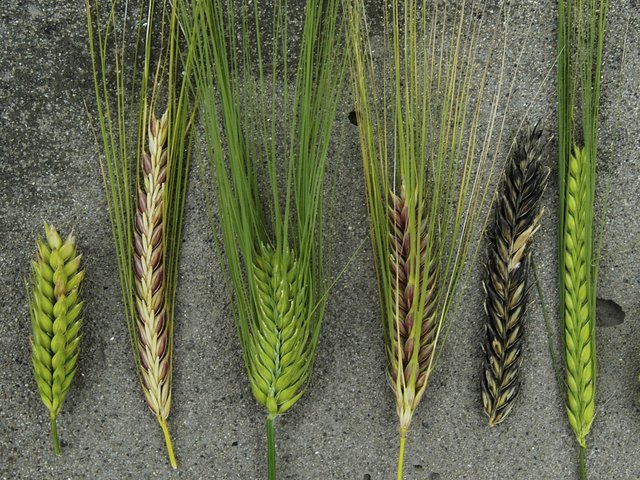
Research: Wild wheat relatives, dating 10,000 years, have helped to improve today’s varieties
An international team of wheat scientists are tapping into 10,000 years of evolution in wheat’s genetic code as part of their continued efforts to understand how historic processes that shaped modern wheat can help to improve the varieties grown by today’s farmers.
The exhaustive study just published in Nature Genetics involved sequencing coding portion of the genomes of nearly 1,000 wheat lines collected from different parts of the world with different environments. The work was led by researchers from Kansas State and Agriculture Victoria of Australia, in collaboration with the University of Saskatchewan (Canada) and the University of Minnesota.
Their findings are published in an upcoming issue of Nature Genetics, considered one of the top academic journals in the field of genetics.
“We compared the genomes against each other, and looked for nucleotide base changes, or mutations, that distinguish one wheat accession from another,” said Eduard Akhunov, lead scientist of the study and a Kansas State wheat geneticist.
He noted that the researchers found more than seven million differences in the genetic code of the 1,000 lines.
“The study uses genomic data to understand the history of adaptation in one of the world’s most important crops,” said team member and CFANS Agronomy and Plant Genetics Associate Professor Peter Morrell. “The comparative analyses reported here make it clear that after domestication, wheat wild relatives contributed important genetic variation that permitted bread wheat to be grown in new environments. It is also clear that genetic variation from wild relatives replaced harmful genetic variants in bread wheat and helped ameliorate the ‘genetic cost of domestication’ that can reduce crop yield.”
The work by the research team allows breeders to evaluate the diversity in wild emmer and be intentional and strategic in how they employ desired traits in new wheat varieties.
“As we move forward, we can apply what has been learned here to also focus future efforts on traits related to health and nutrition that wouldn't have been direct targets of historical selection,” Akhunov said.
Wheat was domesticated nearly 10,000 years ago in the Middle East region known as the Fertile Crescent from an ancestor called wild emmer. Natural breeding between wild emmer and another wild relative, goatgrass, in the southwestern Caspian Sea region gave rise to bread wheat as we know it we today. After its origin, humans spread bread wheat across the world, bringing it to Europe around 8,000 years ago and China around 4,600 years ago. This fast dissemination required wheat to adapt quickly to new environmental conditions that often were quite distinct from those where it originated.






